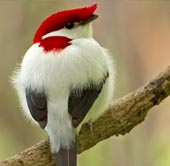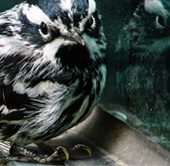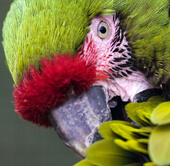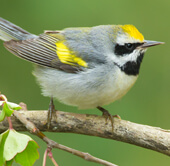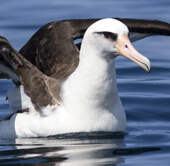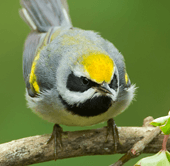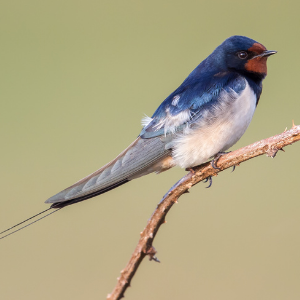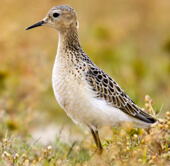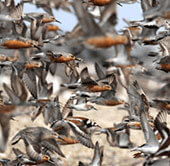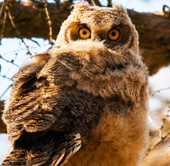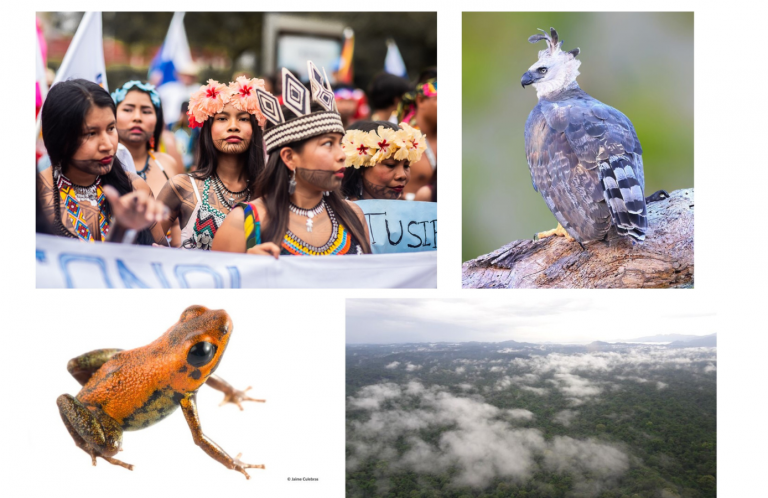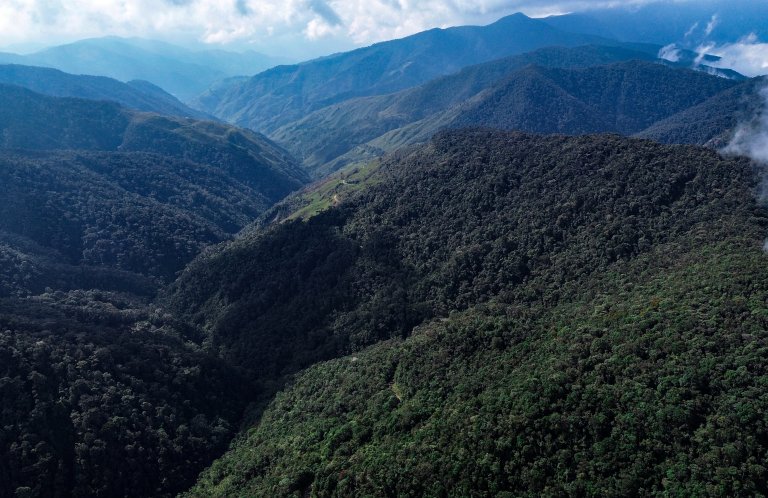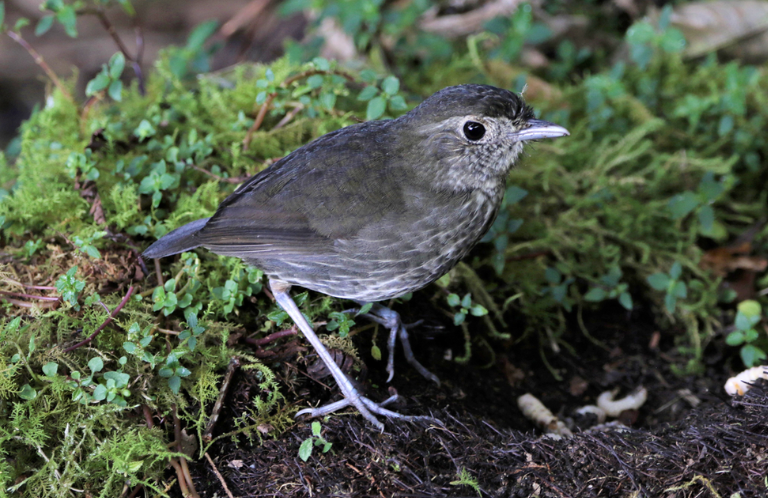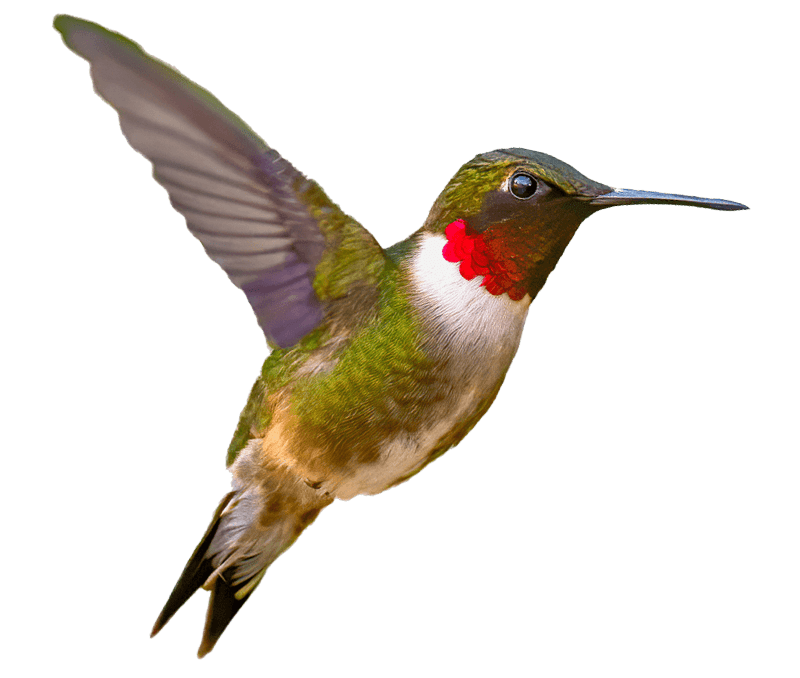Alliance for Zero Extinction Initiative Fund Continues to Close Gaps in Protections for Vulnerable Species
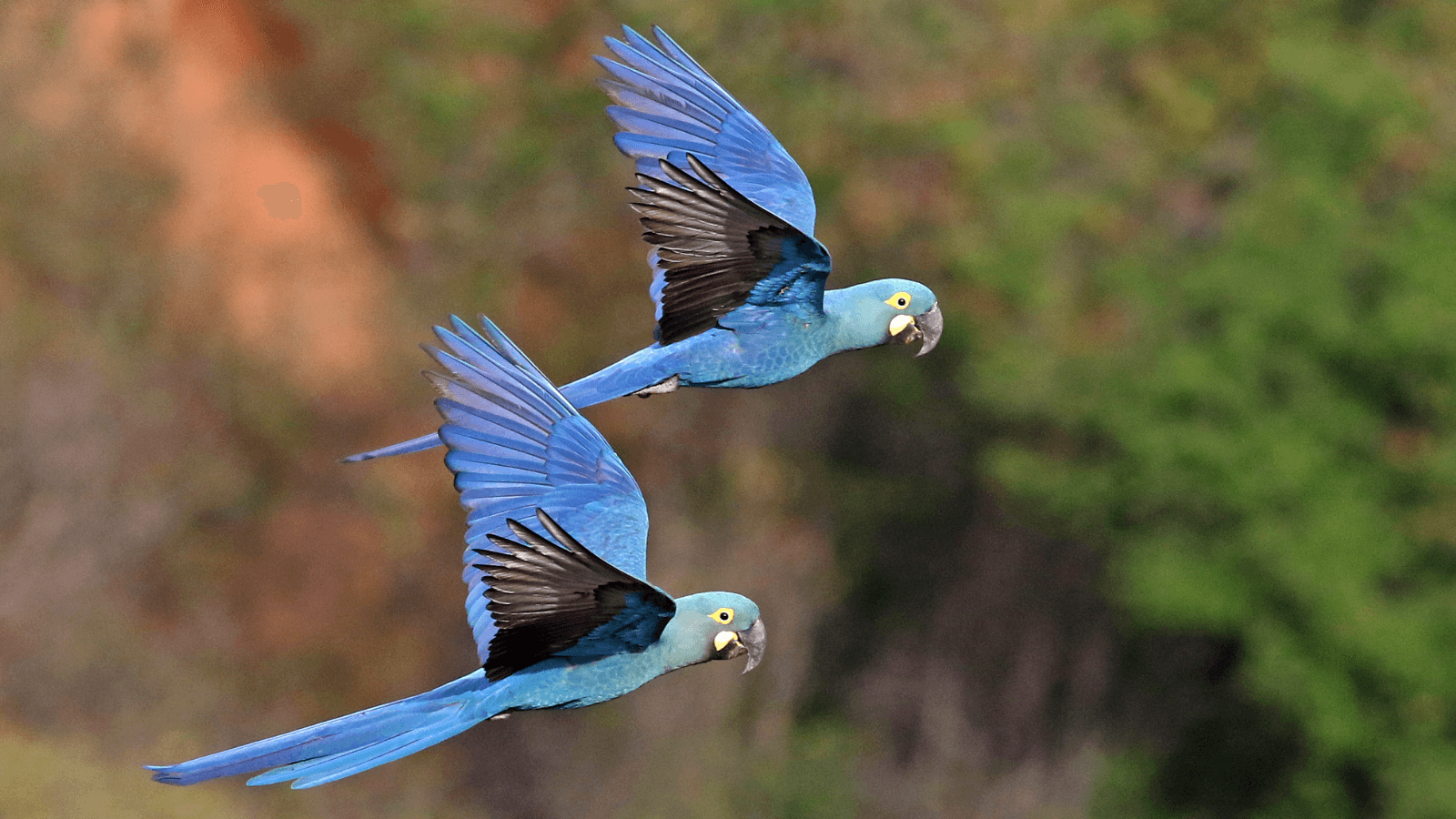
For nearly 20 years, the Alliance for Zero Extinction (AZE) has worked to identify and conserve the planet's most vulnerable species and encourage their effective safeguarding through governmental protected area designations, establishment of private protected areas, or Indigenous or community conservation stewardship of AZE sites. The Alliance is a consortium of over 125 global conservation organizations, led by a steering committee that includes American Bird Conservancy (ABC) and ten other international conservation NGOs.
Currently, 899 designated AZE sites have been identified worldwide for species teetering on the brink of extinction. Among these sites are several where ABC works to conserve birds such as the Lear's (or Indigo) Macaw, which had dwindled to a population of some 60 individuals before rebounding to nearly 2,000 thanks to conservation efforts. The AZE Initiative Fund, launched in 2022, builds on these successes and supports strategies to close gaps in protections for some of the world's most vulnerable species. Seeking to expand its reach and maximize its impact as it enters its third year, the Initiative Fund invites applications for projects to increase protections or support research at AZE sites across the globe.
AZE sites are home to the only known populations of species classified by the International Union for Conservation of Nature (IUCN) as Endangered or Critically Endangered. The presence of such a species triggers AZE status, but it does not automatically result in protection for the plants and wildlife living in what can be very fragile environments. By 2021, 36 percent of AZE sites were afforded no protected status at all, leaving the species in those sites vulnerable to extinction.
The AZE Initiative Fund was created with the goal of closing that gap. This $10 million, five-year effort is funded by Rainforest Trust and matched with $2 million from ABC. Aimed at expanding the effective conservation of AZE sites in Latin America and the Caribbean, Asia, Oceania, and Africa, the Initiative Fund is supporting efforts from NGOs to establish or expand public or private protected areas and Other Effective Area-based Conservation Measures (OECMs). The Initiative Fund is also providing grant funding for research on the presence, location, or abundance of AZE trigger species or exploration of public or private land protections at AZE sites.
The AZE Initiative Fund is actively supporting projects in Indonesia, Mexico, and Colombia, with additional projects currently in review. In Indonesia, a site at Mount Sahendaruman with four AZE-trigger birds — Cerulean Flycatcher (Eutrichomyias rowleyi), Sangihe Whistler (Coracornis sanghirensis), Sangihe Golden Bulbul (Thapsinillas platenae), and Sangihe White-eye (Zosterops nehrkorni) — is slated for protection by 2026. One small, 2,000-acre stretch of forest is the last holdout for these species found only on Sangihe Island, where commercial agriculture and mining have greatly diminished the once sprawling tropical forests. Here, an AZE Initiative Fund-supported project is working with the government and communities to create boundaries for protected areas, determine land management strategies, and develop opportunities to support those local to the area.
Protecting AZE sites has a ripple effect, providing benefits to more than just the target species. Often, the especially imperiled species that trigger AZE status share a habitat with others that face similarly uncertain futures due to small population sizes and restricted ranges, despite not meeting the criteria for an AZE designation on their own.
Such is the case in three AZE sites in Guerrero, Mexico: Omiltemi, Cañón del Zopilote, and Acahuizotla – Agua del Obispo. These sites are home to globally threatened species such as the White-throated Jay, Yellow-headed Amazon, and Military Macaw. Efforts are ongoing to protect these AZE sites, which hold an impressive 10 AZE species combined.
“We are delighted that several important sites for biodiversity are being protected thanks to the AZE Initiative Fund, and look forward to the Fund's support of additional new protected areas in the years to come,” said Michael J. Parr, President of ABC.
The AZE Initiative Fund continues to accept applications on a rolling basis for projects aimed at establishing or expanding protected areas or conducting research at AZE sites.
###
American Bird Conservancy (ABC) takes bold action to conserve wild birds and their habitats throughout the Americas. Inspired by the wonder of birds, we achieve lasting results for the bird species most in need while also benefiting human communities, biodiversity, and the planet's fragile climate. Our every action is underpinned by science, strengthened by partnerships, and rooted in the belief that diverse perspectives yield stronger results. Founded as a nonprofit organization in 1994, ABC remains committed to safeguarding birds for generations to come. Join us! Together, we can do more to ensure birds thrive.
Media Contact
Jordan Rutter
Director of Communications
media@abcbirds.org

